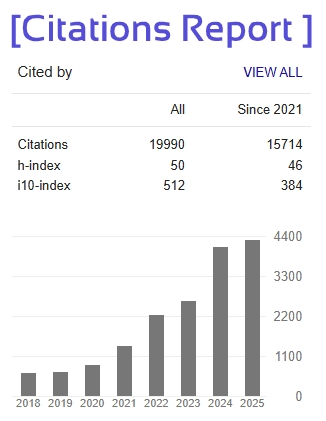A Review of the Comparative Analysis of Machine Learning Techniques for the Detection and Classification of Lung cancer
2nd Nisha balani
Department of Computer science and engineering
Jhulelal Institute of Technology
Nagpur, Maharashtra, India
n.balani@jit.org.in
3rd Imran Khan
Department of Computer science and engineering
Jhulelal Institute of Technology
Nagpur, Maharashtra, India
m.imran@jitnagpur.edu.in
1st Suchita Meshram
Department of Computer Science and Engineering,
Jhulelal Institute of Technology
Nagpur, Maharashtra, India
suchitameshram05@gmail.com
Abstract— Lung cancer is one of the significant reasons for death among India.This research article aims to assess and comparation the effectiveness of different machine learning methods in terms of accuracy.In order to evaluate the various classifiers' degrees of accuracy, we took into account the various models that researchers have employed as well as their drawbacks and restrictions. We make that certain classifiers consume little accuracy and others have advanced accuracy but are not nearly at 100% after doing a thorough analysis of the literature. Therefore, we need to take a more calculated approach to correctly categorise lung cancer nodules. A comprehensive analysis of the literature showed that the little accuracy levels were caused by improper handling of the Dicom photos. We found that the collaborative classifier outpaced the other machine after a thorough analysis. As a result, after accounting for every classifier, we discovered that the main machine learning methods provided accuracy that was far below 90%. Additionally, we discovered that in instruction to recover the accuracy level and draw conclusions for the tumour diagnosis that accurately reflected our growing understanding of how lung cancer is classified, a better model had to be employed. Additionally, the revised model required to be relevant and trustworthy. Ultimately, a thorough investigation into the discipline of oncology was required to improve the classification of benevolent and malignant tumours.
Keywords— lung cancer, back-propagation algorithm, classification, machine learning, and ensemble learning







